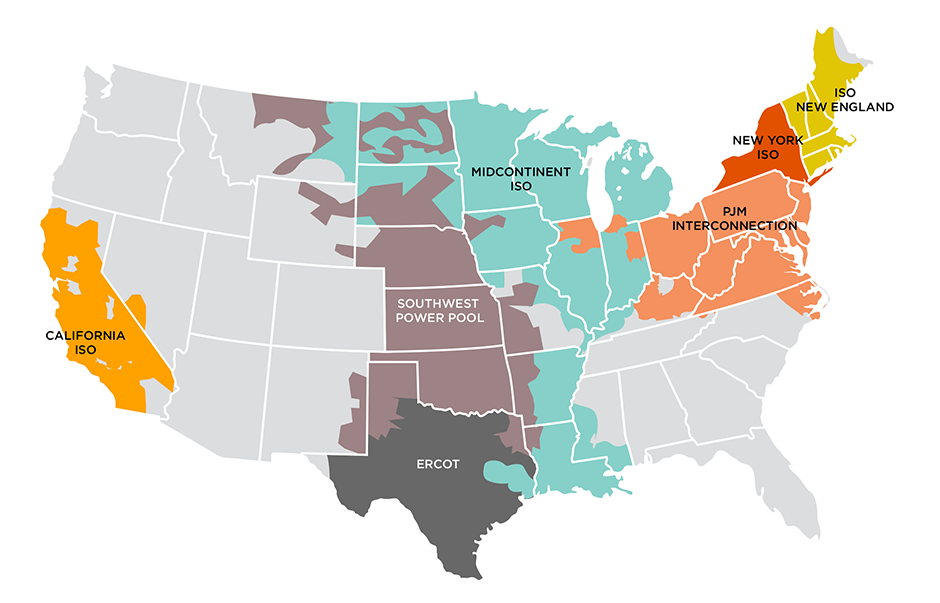Animals, Vol. 13, Pages 337: Differences in Mortality of Pre-Weaned and Post-Weaned Juvenile European Hedgehogs (Erinaceus europaeus) at Wildlife Rehabilitation Centres in the Czech Republic
Animals doi: 10.3390/ani13030337
Authors: Gabriela Kadlecova Sophie Lund Rasmussen Eva Voslarova Vladimir Vecerek
Previous research from several European countries has indicated that the European hedgehog (Erinaceus europaeus) is in decline. Wildlife rehabilitation centres contribute toward the protection of debilitated hedgehogs, including the young. Based on data from 27 wildlife rehabilitation centres, the mortality rate and the release rate of juvenile hedgehogs were evaluated depending on whether they were from normally timed litters (admitted from April to September) or from late litters (admitted from October to March). A total of 4388 juvenile European hedgehogs were admitted to wildlife rehabilitation centres in the Czech Republic from 2011 to 2020. The number of post-weaned young from late litters admitted (28%) did not differ from the number of pre-weaned young from late litters (29%). Where the outcome was known, young from late litters had the highest mortality rate (46%) in the year of admission. The release rate was the highest in post-weaned young from normally timed litters (86%). Further research should focus on the definition of optimal care and treatment of the underlying causes for admission of juvenile hedgehogs. The reproductive strategy (the timing of litters) of European hedgehogs under the climatic conditions of the Czech Republic affects the chance of survival of young at wildlife rehabilitation centres and likely also in the wild.

 1 year ago
65
1 year ago
65


